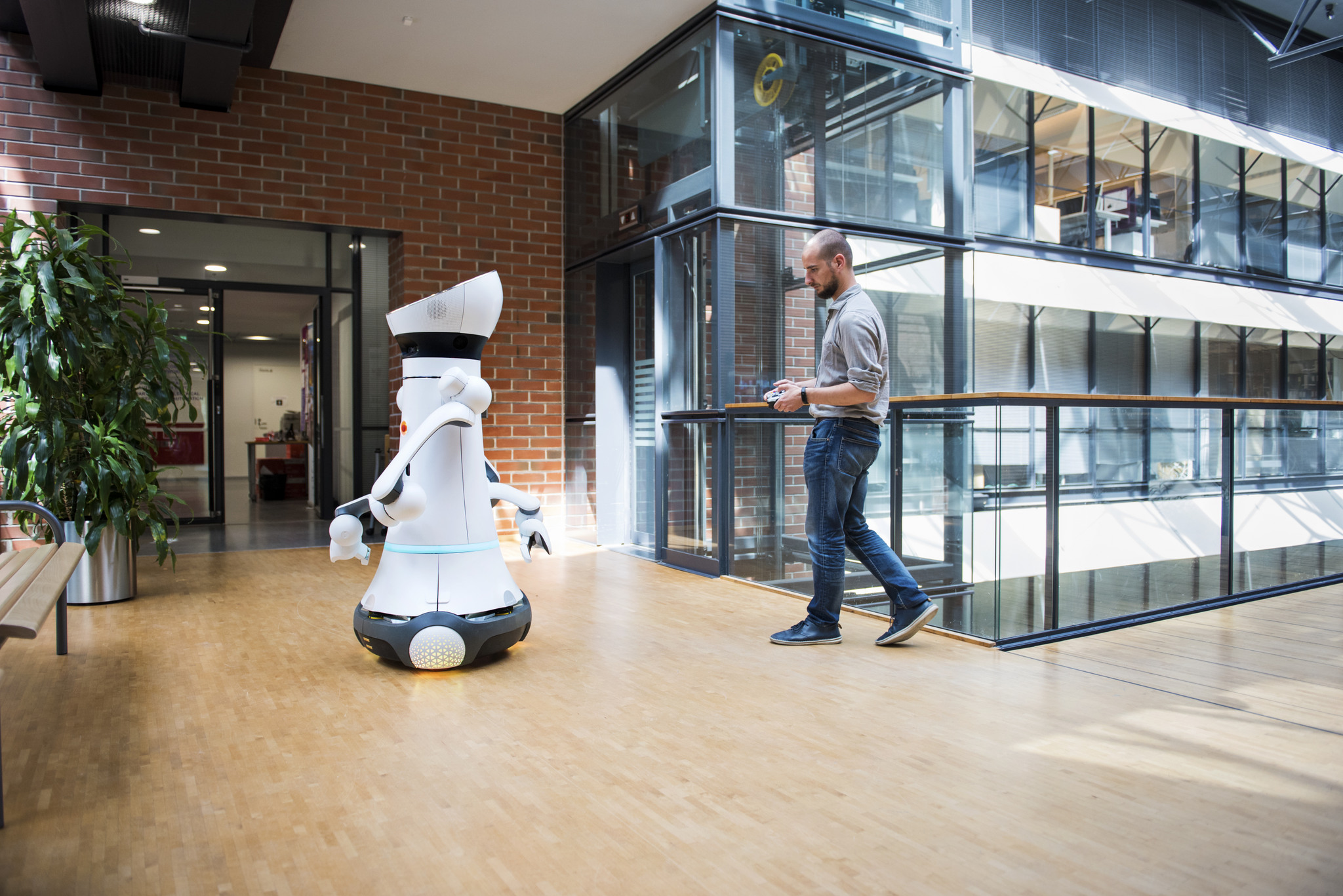Academy of Finland Research Fellowship awarded to the Hypermaps project

Francesco Verdoja, staff scientist in the Intelligent Robotics group, was just awarded a Research Fellowship by Academy of Finland to work on his project Hypermaps: closing the complexity gap in robotic mapping. The very competitive grant (15% acceptance rate) will cover the work of the PI plus one PhD student for 4 years starting September 2023.
Project description
Environmental awareness is a crucial skill for robotic systems intended to autonomously navigate and interact with their surroundings.
Robots access knowledge about their environment through maps. However, currently we see a big “complexity gap” in robotic mapping: while in recent years advances in computer vision have given us the ability to perceive our surroundings like never before through object detection and people tracking, robots still rely on maps containing only enough information for them to be able to navigate, but insufficient for many other tasks required by advanced autonomy. For example, most maps do not host semantic or dynamic information about the environment, needed for any application where interaction with people or specific objects is required. Until this gap is bridged, mobile robots will not be able to operate autonomously in dynamic environments.
Hypermaps lays the groundwork for the next level of interaction between robots and their environment by closing the complexity gap. In this project, we propose to go beyond today’s multi-layer maps by a new formalism, called hypermaps, where spatio-temporal knowledge (e.g., occupancy, semantics through deep object recognition, people movement in the environment) is stored and processed through advanced artificial intelligence to offer the robot task-specific maps to complete its missions. The core hypothesis of the project is that such a formalism will leverage the interplay between different maps to extract even more information and allow deeper reasoning. Anomalies in one map will be detected and corrected by looking at its correlation with the other maps, and information not visible in any single map will be made visible when the information of the layers is combined.
Closing the complexity gap constitutes a fundamental step towards the development of general, fully autonomous robots, able to execute high-level tasks and interact with us and their environment. The high-profile academic and industrial collaborators participating in the project will ensure both high research quality and widespread impact of the proposed solutions.